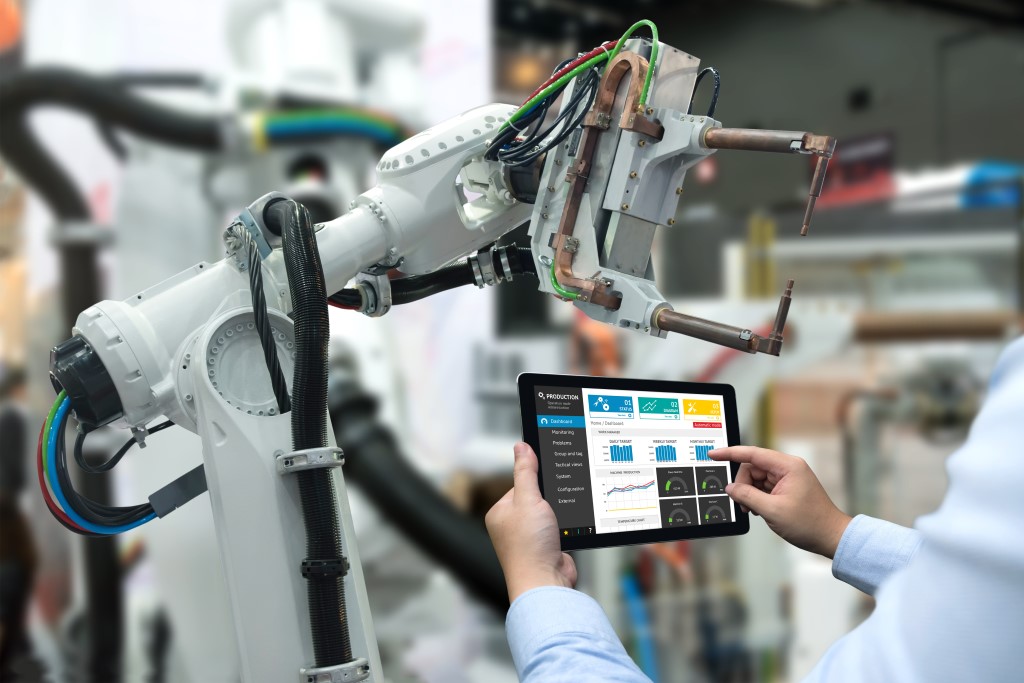
The technology is ever-evolving. It has become easier for people to get lost in the middle of new terms that keep coming up. MLOps, for one, is very technical and could be quite confusing even for seasoned business owners.
However, with the significant role it’s currently playing in most businesses, you ought to have an idea of what MLOps means and how the whole technology works. From increased productivity to improved accuracy in operations of the all teams, the benefits of this innovation are said to be limitless. Continue reading to discover more here.
What Is MLOps?
Abbreviated as MLOps, machine learning operations refers to the implementation of machine learning models to achieve the ideas of development and operations (DevOps). Others define it as the communication process between data scientists and the operations team. Both of these definitions suggest one thing; enhanced communication and data transfer. The primary objective of MLOps is to facilitate automated systems and ensure minimum time wastage.
You might be also wondering what the term DevOps means. As earlier mentioned, technical names are being thrown left right and center in the business world. DevOps and MLOps are closely related considering they both encourage a collaborative workspace. That said, they also have their differences with DevOps focused on bringing together from production, development, to testing. MLOps, on the other hand, refers to the techniques employed in a machine learning life cycle.
There’ve been quite number of reports regarding MLOps-related failures. These recorded failures are expected since the whole technology is still in its early stages. Therefore, if you want to have the best results possible, it’d be prudent to employ experienced professionals. These people will also help in documenting various changes which will make it easier to introduce any improvements.
How Does MLOps Work?
Now that you have an idea of what MLOps means, let’s see how it works. The operation of MLOps depends on how you choose to implement it. There’re three basic ways that you can use in your projects;
- MLOps level 0
- MLOps level 1
- MLOps level 2
1. MLOps Level 0
Also regarded as a manual process, this is the most basic of machine learning operations. It’s ideal for those companies that are just starting and still trying to find their feet in the market. At this stage of company life, models are rarely adjusted or trained, which means a script-driven process and a manual ML workflow can work just fine. So, what are some of the characteristics of MLOps level 0?
- Every step in this process is accomplished manually. The main tasks involved include data analysis, model training, data preparation, and validation. Apart from manual execution, the system also depends on the data scientist to do the transitions from one stage to the next.
- There’s very little link between the machine learning procedures and the operations phase. Once the data scientists have trained a given model, they hand it over to the engineers who will, in turn, integrate it into their API infrastructure.
- It doesn’t involve any continuous integration (CI) or continuous delivery (CD).
2. MLOps Level 1
If you have an ever-changing business environment, then obviously MLOps level 0 won’t work for you. Instead, you’ll need something that can easily adjust to the changes and meet both employee and consumer demands. MLOps level 1 is designed to offer continuous training (CT) of your model. It does so through the automation of the ML pipeline. As such, you’ll be able to accomplish constant delivery, unlike level 0. Some of the characteristics include;
- Automatic orchestration and accomplishment of ML experiment steps
- Continuous training in the production phase
- Continuous delivery
- One can deploy the entire training pipeline to run as the prediction service
3. MLOps Level 2
As your company grows, you might need to train and retrain your models daily or hourly and install updates within minutes. It’s not practical to expect such organizations to survive by using MLOps level 1 and below. It needs a more robust system that’s programmed or rather trained to accomplish various tasks within a short span. MLOps level 2 is made for such an environment and gives your engineers and data scientists a chance to explore new ideas while using this automated CI/CD system.
Some of its distinguishing features include;
- Source control
- Model registry
- Feature store
- ML metadata store
- Test and build services
Conclusion
Machine learning operations (MLOps) is one innovation that has grown in popularity over the past few years. Used as communication enhancement tool between operations team and data scientists, MLOps may just become part and parcel of every modern business. Its operation depends on the system you choose to use. MLOps level 0 and MLOps level 1, for instance, have significant differences in how they work and their key features. MLOps level 2 is another method of implementation, but it’s ideal for huge companies which need to adopt to rapid changes.